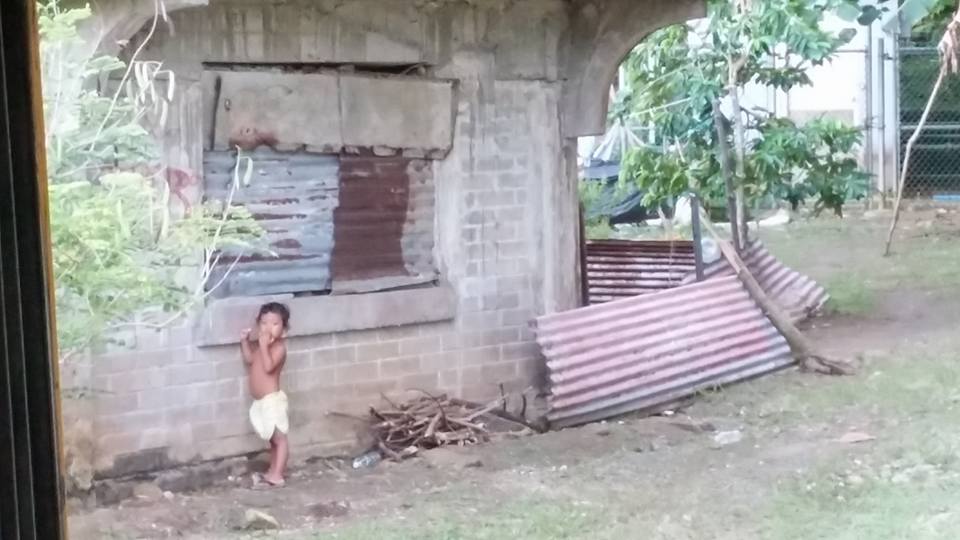Photo by: Morgana Schmidt on the island of Weno, Chuuk, FSM
Standing before 20 young Pacific Islanders, drenched in sweat, I introduced myself: “My name is Ms. Morgan. As high school seniors in your last semester, I am sure you know by now how to conduct yourself in a classroom, so we will not go over the typical syllabus and classroom conduct stuff today.” I proceeded to pass out colored notecards to each student 1 by 1, as if they couldn’t tell I had just graduated college, never taught a class in my life, had no formal training, and was wildly nervous.
My first day teaching in Micronesia went smoothly and my students were intrigued with the material and ideas I offered to them. Over the next 6 months, I made up for my flawless introduction with 1,000+ mistakes and at least double as many lessons learned.
You might be wondering, Where in the world is Micronesia? Well, the Federal States of Micronesia (FSM) is a set of islands within a lagoon in the middle of the Pacific Ocean, just north of the equator in the Caroline Islands. These islands have been a U.S. Territory since winning them in World War II from the Japanese under the Compact of Free Association (COFA). Known only to travelers by it’s wreck-diving attraction and a few attractions in the capital island of Pohnpei, most of the islands are quite remote. The state of Chuuk is one of the most remote, and one of the most influenced by COFA. The U.S. ships and tests products there, in exchange for Micronesians’ access school and work and join the military in America. Of all the flaws there, the biggest flaw in this system is that we ship products there, but give them no means for getting rid of the trash that accumulates.
I arrived on the island of Weno, in the state of Chuuk, FSM, at 11p.m. on January 3rd, 2016, to a greeting-party of several male students. A school bus awaited us and we began my first trek up the island’s only one-lane, dirt covered road to school’s campus hill. I was terrified, yet headstrong to do what I came there to do: to teach and to learn.
The boarding school atmosphere is like no other, particularly at this boarding school. The girls live in surrounding villages with host families due to a lack of housing, but the boys live on campus in a boys’ dorm. Faculty work out of the main office building (which was a Japanese communications building during WWII, still with 14-inch thick steel-doors that cover the windows and bullet holes in the concrete walls) halls of which students roam day and night. Students loved the attention of their American teachers and often spent even their free-times in the offices.
Pacific Islanders speak a form of broken English and their non-verbals were quite different from what I was used to. After time, I was able to understand this broken Engish/Chuukese/Pohnpeian/Palauan/Marshallese/Yapese/Korean language most often through body language and sheer attention to context. I learned about the hard lives students lived. I learned about the devastation of the islands and cultures, WWII and the impact of COFA, alcoholism and lack of healthcare, parents sending their children far away in hopes of a better life for them. I felt so sorry for these students, these people.
Once I felt I had a grasp on campus, I began venturing out into the island’s villages and even the outer islands via small fishing boats, that the locals would drive for small fees, to continue learning and seeing how I could help. Women were to wear traditional dress when we left campus: skirts that cover the knees and shirts that cover the shoulders with light sandals which we could not wear into any building or home, so they were often stolen and we would have to walk about barefoot.
Sights often seen on foot-travel include machinery, large appliances such as refrigerators, or vehicles sticking up out of the ocean along the shoreline and blown-out remains of Japanese control and battle from 80+ years prior. Children play catch with pieces of garbage and scraps, men rest together on an abandoned car sticking up out of the shore to get drunk, women peel mangos on remains of homes that had been ravaged by typhoons, and people sleep on mounds of dirt under steel lean-tos. The trash and devastation is everywhere. The smell is peutrid: rotting fruit, hot garbage, and human feces. Chuukese men often drink far too much alcohol, especially during the annual drought that leaves the islands without rain or much drinkable water for 3-4 months at a time.
Even with all of this soul injury, the people still sing. They still dance. They still greet you as a stranger into their homes to eat what little food they may have. They still laugh and play. When the rain finally comes each year, the celebrations reign loud and bright with music and dance and feasts! Much to my surprise, I found myself no longer feeling sorry for these people, but feeling confident that they live far fewer than where I came from. I no longer wanted to change them, instead I wanted to join them.
By the end of my stay in Micronesia, I taught high school, re-started the newspaper, connected with leaders on efforts to sustain agriculture, and aided in programs to clean-up the shores. I saw gratitude in it’s finest hour as I danced under a blanket of stars in the middle of the Pacific to native drums while eating food from the Earth and drinking coconut water.
I cried my entire 26 hour flight home, as I knew that feeling of being free of the chaos of choices at the grocery store and even being grateful for rice would slowly fade from the forefront of my mind.
As I look back years later, I know that not much has changed for the Chuukese people today, but I also know they still celebrate every bit of life’s victories and greet strangers as friends. I thought I went there to teach, but I know they taught me much more than I could have ever taught them.
Author: Morgana Schmidt
Editor(s): Daniel Watson

Please connect with us if you are seeking support or hoping to learn more about being part of a Supportive, Inclusive, Compassionate, and Kind community:
Join The MindReset!
Check out Events for support groups or live events:
- Follow The MindReset Facebook page
- Follow The MindReset Twitter
- Follow The MindReset Instagram
You are always welcome to connect directly with an individual from TMR at contact@themindreset.com or (802) 377-MIND.


